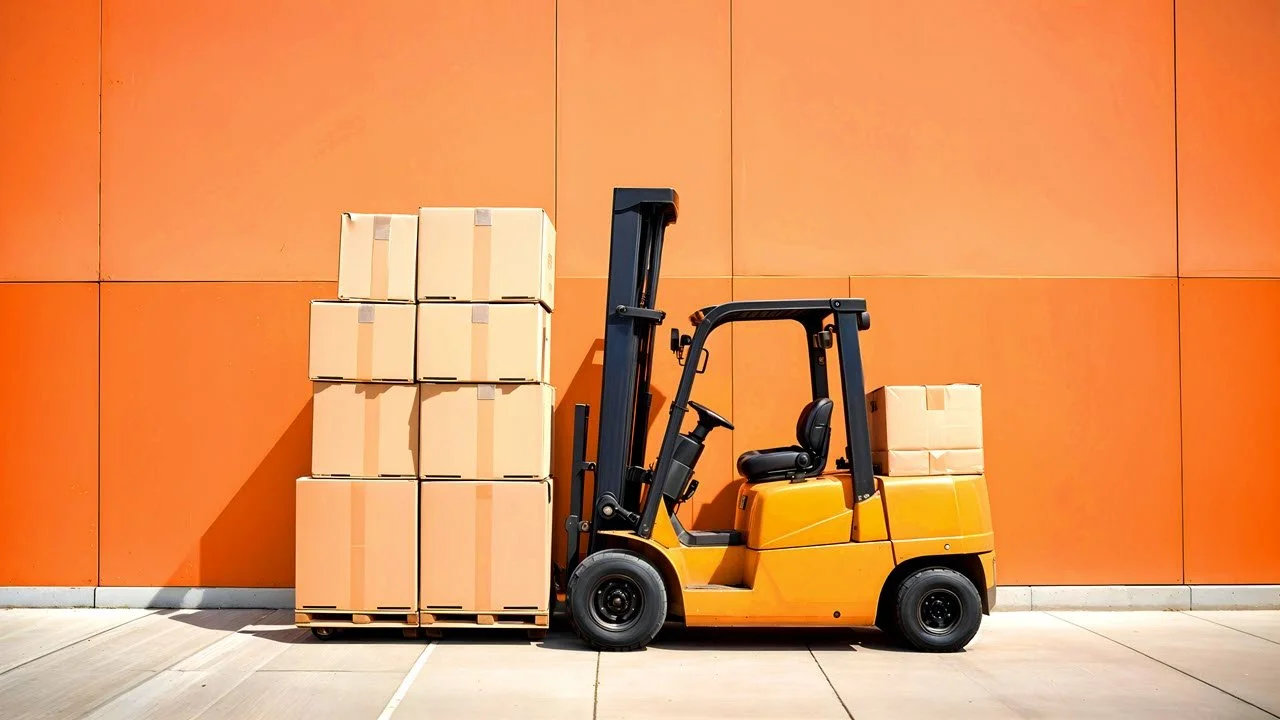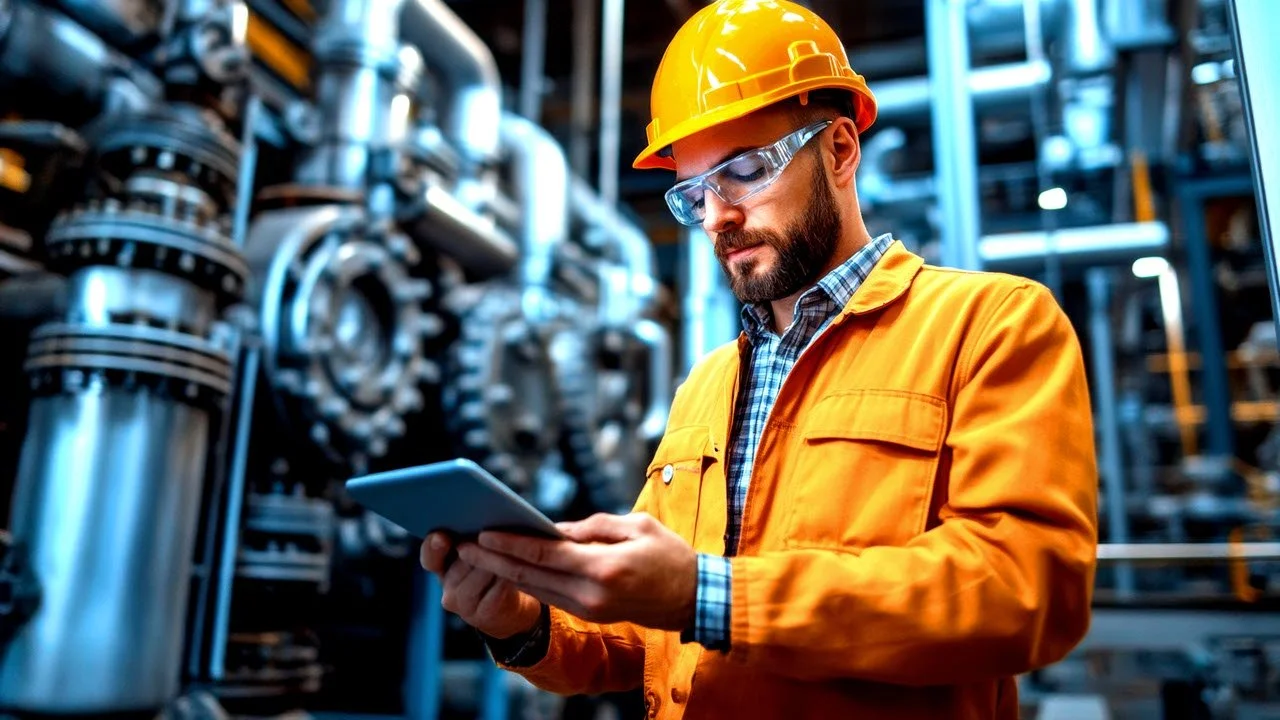AI Pedestrian Detection Systems: Procurement, Implementation & Support Guide
Ensuring Maximum ROI and Workplace Safety
The industrial workplace has witnessed a remarkable transformation in safety technology over the past decade. AI pedestrian detection systems now stand at the forefront of workplace safety innovation, promising to prevent forklift-pedestrian collisions before they occur.
Alongside these advances, forklift safety systems, collision avoidance technology, and industrial pedestrian detection solutions are becoming essential components of comprehensive safety strategies. However, the journey from initial interest to successful deployment involves three critical phases that determine whether your investment delivers promised results or becomes expensive background noise.
The Complex Procurement Challenge
Selecting the right AI pedestrian detection system feels like navigating a maze of technical specifications, vendor promises, and pricing models. With over 30 specialized vendors spanning the globe—from the UK and Germany to China and Australia—safety managers face unprecedented complexity in making informed decisions about forklift safety systems and collision avoidance technology.
The vendor landscape presents unique challenges. Most suppliers are small foreign entities with limited local presence, creating language barriers and time zone coordination issues. Their focus remains on product development rather than customer education, leaving buyers to decipher inconsistent technical documentation and varying business practices.
Successful procurement begins with comprehensive vendor research and evaluation.
Technology Options Create Additional Complexity
The market offers three primary technology approaches, each with distinct advantages and limitations for industrial pedestrian detection:
Pro Tip: When evaluating technology types, always match the system’s strengths to your facility’s most frequent safety risks.
Camera-based vision systems leverage advanced AI algorithms to identify pedestrians through computer vision. While highly sophisticated, these systems depend heavily on lighting conditions and require precise calibration for optimal performance.
Ultra-wideband (UWB) sensors provide precise proximity detection with exceptional accuracy. However, they come with higher costs and more complex infrastructure requirements.
RFID tag-based solutions offer cost-effective deployment but rely on worker compliance to wear and maintain the tags consistently.
The Procurement Process That Works
Successful procurement begins with comprehensive vendor research and evaluation. This involves analyzing vendor certifications, regulatory compliance history, market presence, and financial stability. Technology specialization becomes crucial—understanding whether a vendor excels in computer vision, UWB sensors, RFID, or integrated forklift safety systems directly impacts collision avoidance technology performance.
Pro Tip: Use a standardized vendor scorecard so all decision-makers evaluate providers on the same criteria.
Creating effective RFPs requires custom technical specifications that reflect your facility's unique operational environment. Standardized evaluation criteria must include accuracy rates, integration compatibility, and total cost of ownership calculations spanning 3-5 years. ROI modeling based on realistic incident reduction potential provides the financial foundation for executive approval.
Vendor demonstrations coordinated through structured protocols reveal real-world performance capabilities. Live evaluation using standardized scorecards enables objective comparison across multiple providers, ensuring decisions rest on performance data rather than marketing presentations.
Successful procurement begins with comprehensive vendor research and evaluation.
Implementation: Where Most Projects Succeed or Fail
The gap between contract signing and operational success is where most AI pedestrian detection projects encounter their greatest challenges. What appears straightforward during vendor demonstrations transforms into a complex logistical undertaking involving multiple stakeholders, equipment downtime coordination, and cross-shift implementation planning.
Pre-Installation Foundation
Successful implementation begins with thorough site surveys that identify blind spots, high-traffic zones, and equipment interfaces. These assessments, whether conducted on-site or remotely with photo documentation, ensure optimal system placement for maximum safety coverage and operational efficiency for forklift safety systems and industrial pedestrian detection solutions.
Pro Tip: Address potential equipment compatibility issues during the planning stage to avoid costly delays.
Equipment compatibility verification prevents costly installation rework. Testing compatibility with forklifts, dozers, mobile equipment, and other industrial vehicles identifies required adapters or modifications before deployment begins. This proactive approach eliminates surprises that can derail project timelines and budgets.
Installation Oversight and Quality Assurance
On-site installation supervision ensures compliance with specifications and manufacturer requirements. Whether conducted in-person or through remote video supervision, this oversight verifies correct mounting, cable routing, and system configuration. Installation verification reports with photographic documentation provide accountability and protection for your investment in collision avoidance technology.
Equipment registration and warranty activation protect long-term value through proper serial number tracking and vendor coordination. This administrative foundation becomes critical for future support requests, firmware updates, and component replacement needs.
Training and Adoption
Operator and administration training represents the human element of successful implementation. Bilingual support accommodates diverse workforces while comprehensive certification programs ensure proper system utilization. Training completion reports with operator certifications document compliance and readiness.
Pro Tip: Pilot programs reveal performance gaps before full rollout—always test before scaling.
Structured pilot programs provide data-driven validation before full deployment. Tracking 30/60/90-day milestones with weekly data collection reveals system performance in real operational conditions. Pilot reports with ROI data and recommendations enable confident scaling decisions.
Quarterly business reviews provide strategic performance tracking and ROI validation
Long-Term Support: Preventing Performance Degradation
The most sophisticated AI pedestrian detection system becomes ineffective without ongoing maintenance and optimization. Post-deployment support determines whether your investment delivers sustained incident reduction or gradually degrades into expensive background noise.
System Health and Performance Monitoring
Monthly system health checks monitor camera clarity, sensor accuracy, and AI algorithm performance. Comprehensive monitoring includes system uptime tracking, alert response verification, and detection zone coverage analysis. These proactive assessments catch performance degradation before it creates dangerous blind spots in safety coverage for industrial pedestrian detection systems.
Alert threshold optimization addresses one of the most common deployment failures—operator alert fatigue. Strategic fine-tuning of detection zones and alert sensitivity reduces false positives while maintaining pedestrian safety effectiveness. Analysis of true positive versus false positive ratios guides sensitivity adjustments based on forklift traffic patterns and pedestrian movement zones.
Technical Support and Maintenance
Firmware update coordination ensures systems benefit from manufacturer improvements without disrupting operations. Expert management of vendor updates includes compatibility testing with existing forklift fleets and warehouse management system integration before deployment. Verification of detection accuracy improvements and alert timing optimization maintains peak performance for collision avoidance technology.
Component inventory management prevents costly downtime through strategic spare parts planning. Tracking inventory levels for vision cameras, UWB sensors, RFID tags, and communication modules enables predictive replacement scheduling. Analysis of component failure rates in different facility conditions guides maintenance planning and budget allocation.
Responsive technical support resolves issues before they impact safety or operations. Bilingual support accommodates diverse workforces while rapid response protocols address camera alignment problems, sensor calibration drift, and AI algorithm performance concerns through phone, video conferencing, or on-site escalation.
Business Intelligence and Compliance
Quarterly business reviews provide strategic performance tracking and ROI validation through comprehensive safety data analysis. These reviews analyze near-miss incidents, collision prevention rates, system uptime metrics, and operator compliance patterns. Executive-ready reports with industry benchmarks and ROI calculations justify continued investment and guide expansion decisions.
Compliance support simplifies regulatory requirements through comprehensive audit preparation. Digital audits of system performance records, compliance documentation packages, and audit preparation materials with safety compliance checklists reduce OSHA penalty exposure while demonstrating due diligence.
Insurance discount documentation transforms safety improvements into financial benefits. Professional reporting of collision prevention metrics and system performance data enables premium reductions through verified safety improvements. Insurance-ready compliance packages with supporting data provide quantifiable return on investment.
The technology exists to prevent forklift-pedestrian collisions.
The Path to Success
AI pedestrian detection systems offer tremendous potential for workplace safety improvement, but success depends on expertise throughout the procurement, implementation, and support phases. Organizations that approach these systems with proper planning, professional oversight, and long-term commitment achieve 60-80% reductions in near-miss incidents within the first year.
The key lies in recognizing that technology alone cannot prevent incidents. Success requires the combination of correct selection, precise integration, and sustained optimization that transforms safety investments into operational advantages.
Whether managing a single facility or coordinating multi-site deployments, the complexity of modern AI pedestrian detection systems demands specialized expertise that most organizations cannot develop internally. The choice becomes clear: invest in professional guidance throughout the process, or risk joining the majority of deployments that fail to deliver promised results.
The technology exists to prevent forklift-pedestrian collisions. The question is whether your organization will implement it with the expertise required for success.
Next Step: Request a free consultation or download our AI Pedestrian Detection Implementation Checklist today to ensure your forklift safety systems, collision avoidance technology, and industrial pedestrian detection investments deliver maximum ROI.
#aipedestriandetectionsystems #EHS #forkliftsafetysystems #collisionavoidancetechnology #industrialsafety #workplacesafety #pedestriandetection






